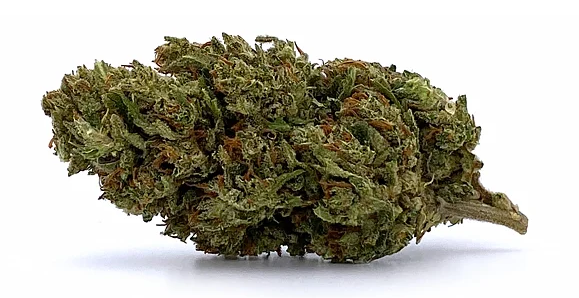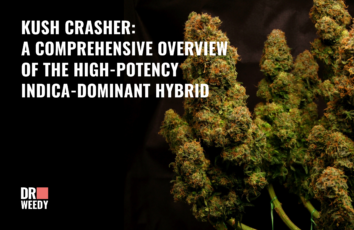A Comprehensive Overview of Mold in Cannabis
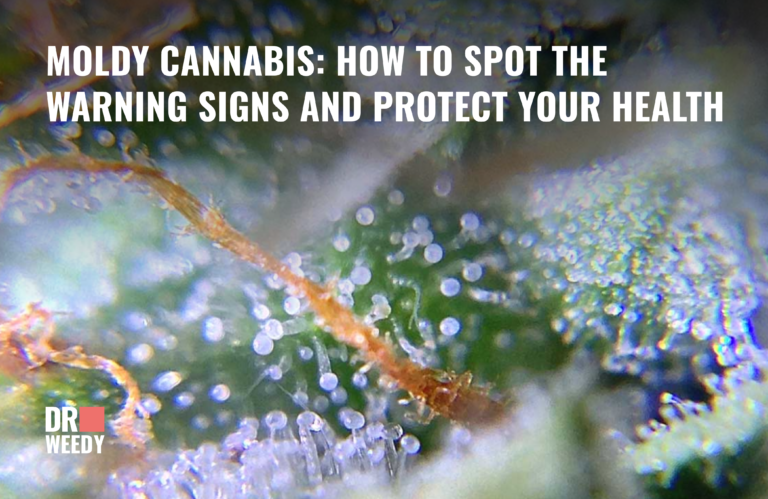
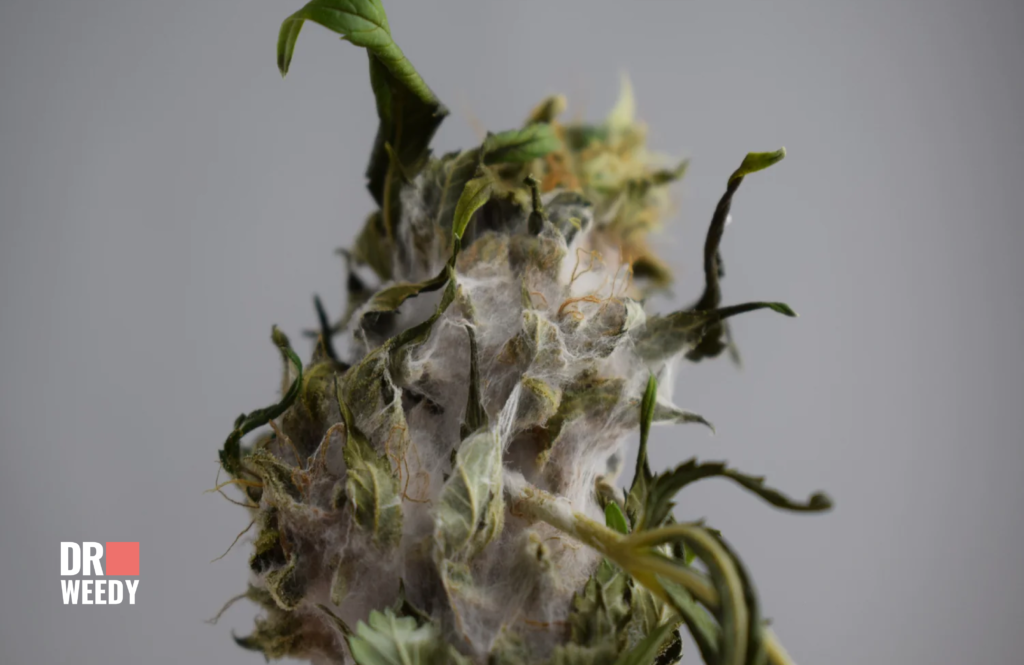
As cannabis becomes more widely accepted and consumed, the risk of encountering mold in your stash increases. In this article, we’ll explore the presence of mold in weed, its causes, identification methods, and most importantly, how to prevent it from ruining your stash and potentially harming your health.
What Causes Mold on Cannabis?
Mold is a type of fungus that thrives in moist, warm environments with poor ventilation. When it comes to cannabis, several factors can contribute to the growth of mold:
- Improper storage: Storing cannabis in airtight containers with excessive moisture can create an ideal breeding ground for mold.
- High humidity: Cannabis plants and buds exposed to high humidity levels (above 63%) are more susceptible to mold growth.
- Poor ventilation: Lack of proper air circulation can trap moisture and promote mold development.
- Plant injuries: Damaged stems or leaves can provide an entry point for mold spores.
- Contaminated equipment: Using dirty scissors, grinders, or other tools can introduce mold spores to your cannabis.
How to Tell if Your Weed is Moldy: Key Signs to Watch For
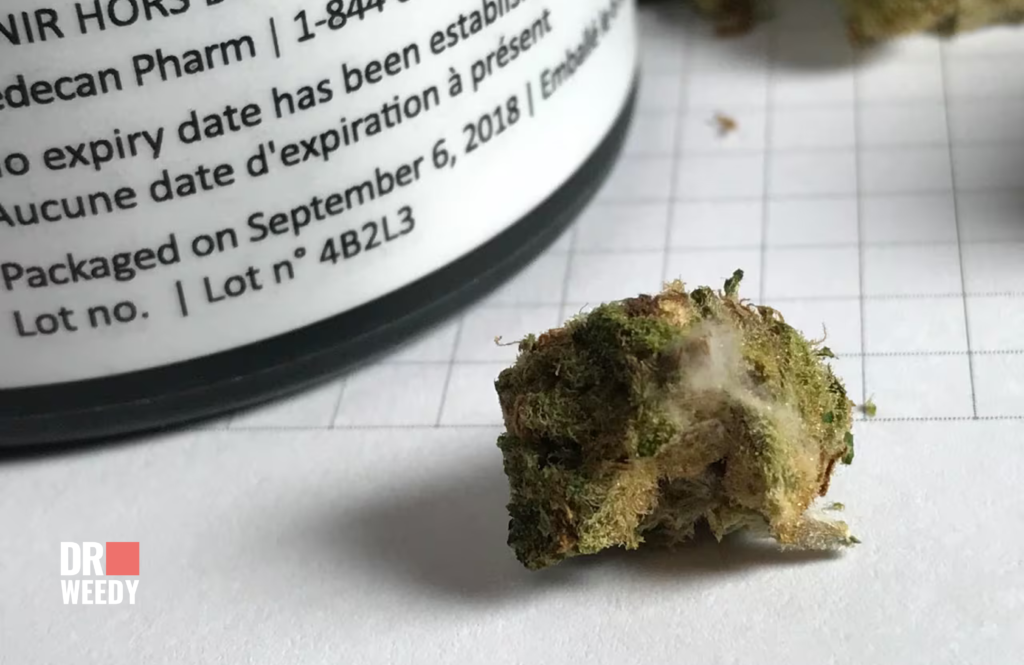
Recognizing moldy cannabis is crucial for avoiding potential health risks. Here are some telltale signs that your stash may have gone bad:
- Visual appearance: Moldy cannabis often has a grayish-white, fuzzy, or powdery coating. You may also notice dark spots, discolored roots, or visible spores.
- Smell: Moldy weed typically has a musty, mildewy odor that differs from the usual pungent, earthy aroma of fresh cannabis.
- Texture: Buds affected by mold may feel damp or spongy to the touch, rather than dry and crisp.
- Taste: If you accidentally smoke moldy cannabis, you’ll likely notice an unpleasant, harsh taste that lingers in your mouth.
It’s essential to differentiate between mold and trichomes, the sticky, shiny crystals that give cannabis its distinctive aroma and potency. Trichomes have a glittery appearance, while mold looks dull and powdery.
The Health Risks of Smoking Moldy Weed
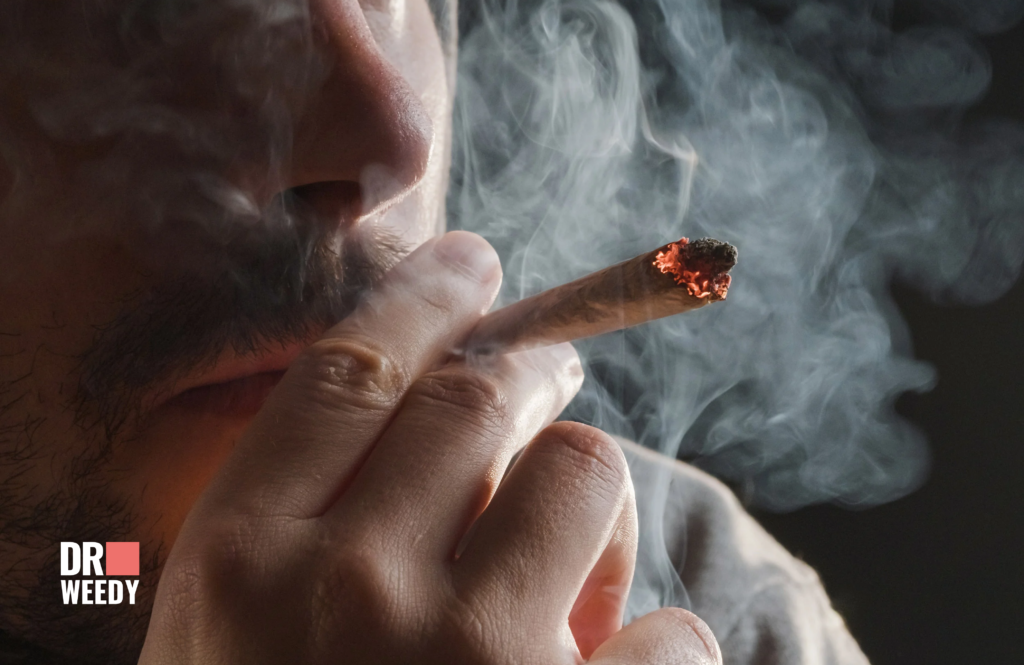
Smoking moldy cannabis can lead to a range of unpleasant symptoms and potentially serious health consequences:
- Respiratory issues: Inhaling mold spores can cause coughing, wheezing, and shortness of breath, especially in individuals with pre-existing lung conditions or weakened immune systems.
- Allergic reactions: Those with mold allergies may experience sinus inflammation, congestion, and other allergic symptoms when exposed to moldy weed.
- Aspergillosis: Certain mold species, such as Aspergillus, can cause severe lung infections in immunocompromised individuals, leading to fever, chest pain, and even death in extreme cases.
- Mycotoxins: Some molds produce toxic compounds called mycotoxins, which can cause a range of adverse health effects, from digestive issues to neurological problems.
Preventing Mold Growth: Best Practices for Storage and Handling
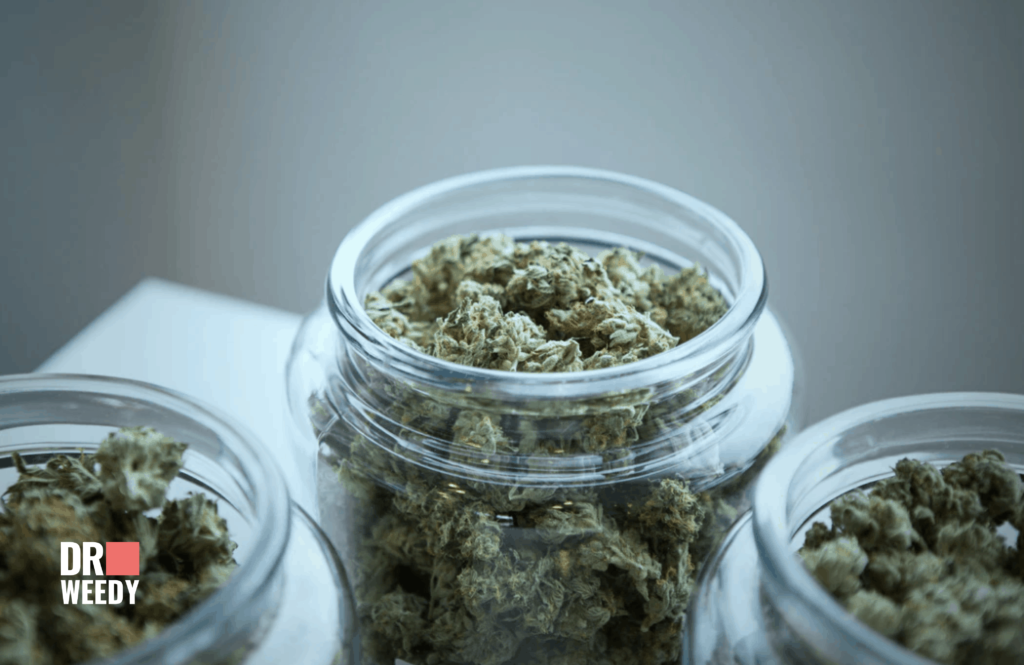
Prevention is key when it comes to protecting your cannabis from mold. Follow these best practices to keep your stash fresh and mold-free:
- Use airtight glass containers: Store your cannabis in clean, airtight glass jars (such as Mason jars) to minimize moisture and oxygen exposure.
- Maintain proper humidity levels: Keep relative humidity between 59-63% using humidity control packs or specialized cannabis humidors.
- Store in a cool, dark place: Avoid exposing your cannabis to direct sunlight or heat sources. A cool (below 77°F/25°C), dark cupboard or drawer is ideal.
- Ensure good ventilation: During the growing and drying process, maintain proper ventilation to prevent moisture buildup and mold growth.
- Inspect your cannabis regularly: Check your stash periodically for any signs of mold, discoloration, or unusual odors.
- Don’t mix old and new batches: Keep different cannabis batches separate to avoid cross-contamination.
- Clean your equipment: Regularly sanitize scissors, grinders, and other tools to prevent the spread of mold spores.
What to Do If You Find Mold on Your Cannabis
If you discover mold on your cannabis, unfortunately, there’s no way to salvage it. Attempting to remove visible mold and consume the remaining weed is not recommended, as microscopic spores may still be present and can cause health issues. The best course of action is to discard the affected cannabis and thoroughly clean any storage containers or equipment that may have come into contact with it.
The Future of Mold Prevention in the Cannabis Industry
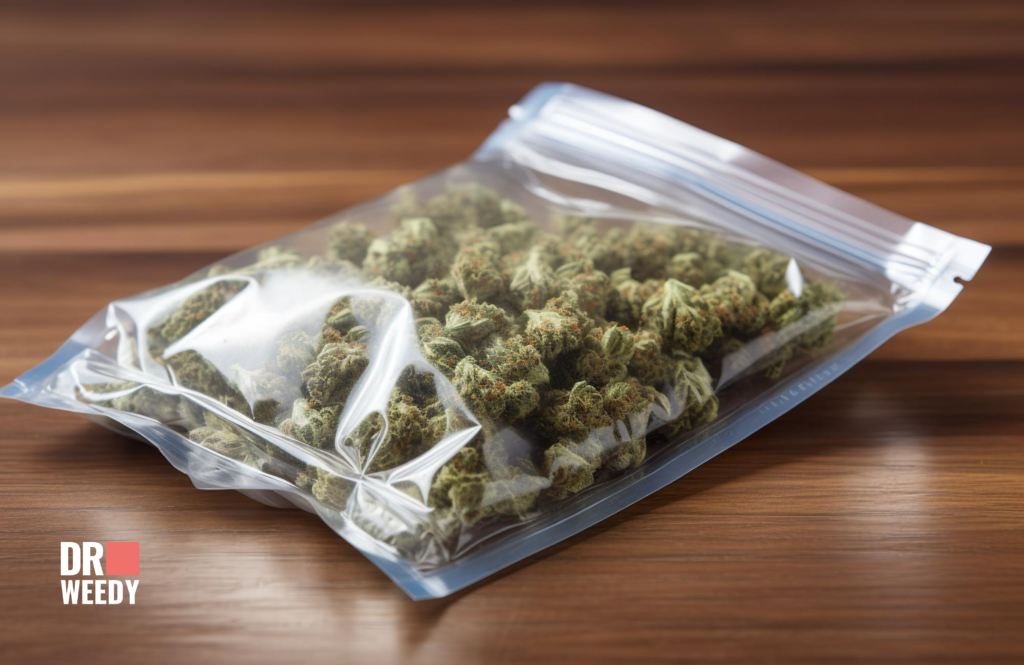
As the cannabis industry continues to grow and evolve, there is an increasing focus on developing innovative solutions to prevent mold growth. Some promising advancements include:
- Genetically modified mold-resistant strains
- Improved humidity control technology
- Anti-fungal packaging materials
- Stringent testing and quality control measures
By investing in research and development, the cannabis industry can work towards minimizing the risk of moldy cannabis and ensuring a safer, higher-quality product for consumers.
Conclusion
Moldy cannabis poses a significant threat to both the quality of your stash and your overall health. By understanding the causes, signs, and risks associated with moldy weed, you can take proactive steps to prevent its growth and ensure a safe, enjoyable cannabis experience. Remember, when it comes to moldy cannabis, an ounce of prevention is worth a pound of cure.

























